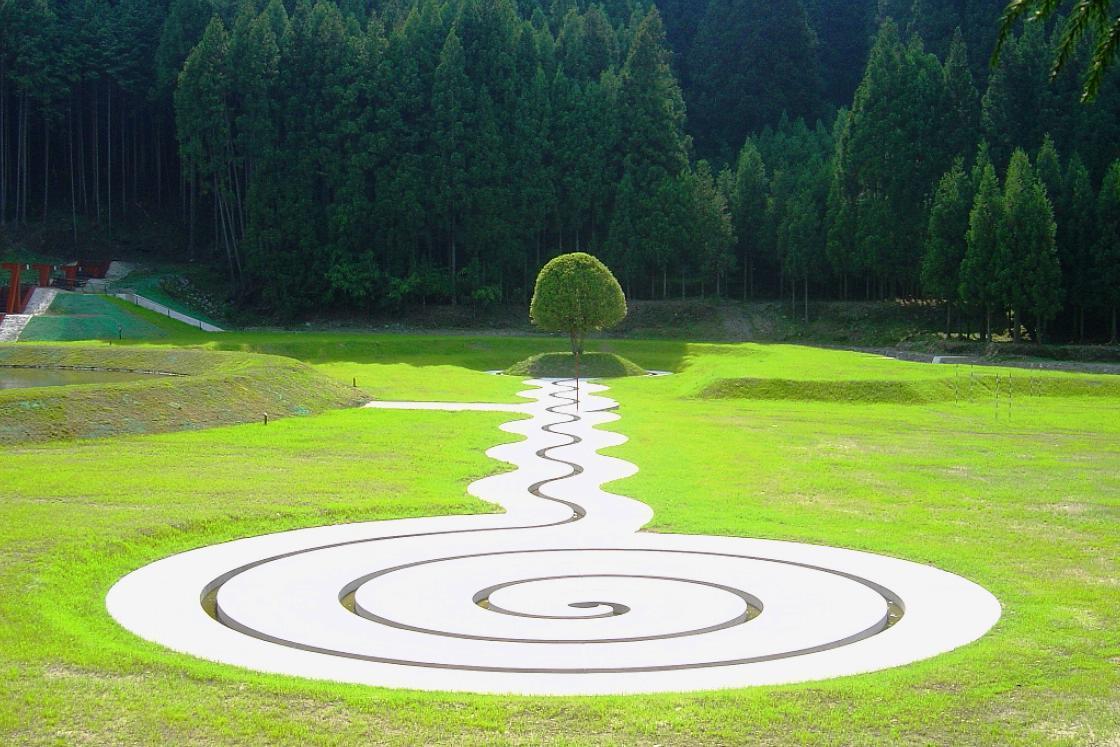Touring the towns of East Nara and Nabari
The villages of East Nara and Nabari comprise a rural area of Japan that, although seemingly a world away from the bustling streets of nearby Nara City, Kyoto and Osaka, can be reached from all these popular tourist spots in less than an hour and a half by train. The region is a traditional-Japan lover's paradise, being rich in history; its quaint outposts boasting a plethora of stunning nature spots, points of local culture and, of course, great food.
Although the Kintetsu Osaka Line traverses the region and serves the relatively well-populated areas around Nabari and Haibara stations, by far the most convenient way to get around is by rental car, of which there are outlets around Nabari Station as well as Yamato Yagi Station towards Nara City. With this in mind, I was eager to begin my exciting journey exploring this somewhat little-known side of Japan.
To start off my first day of exploration around this stunning region, I headed to the Akame 48 Waterfalls in Nabari City; a natural paradise known for its 48 picturesque waterfalls that are set against exquisite scenery. The area is popular with hikers and is home to Japan's native species of giant salamander. A specimen, as well as other giant salamander species from Japan and different parts of Asia, are on show at the Japan Salamander Center at the foot of the hiking area.
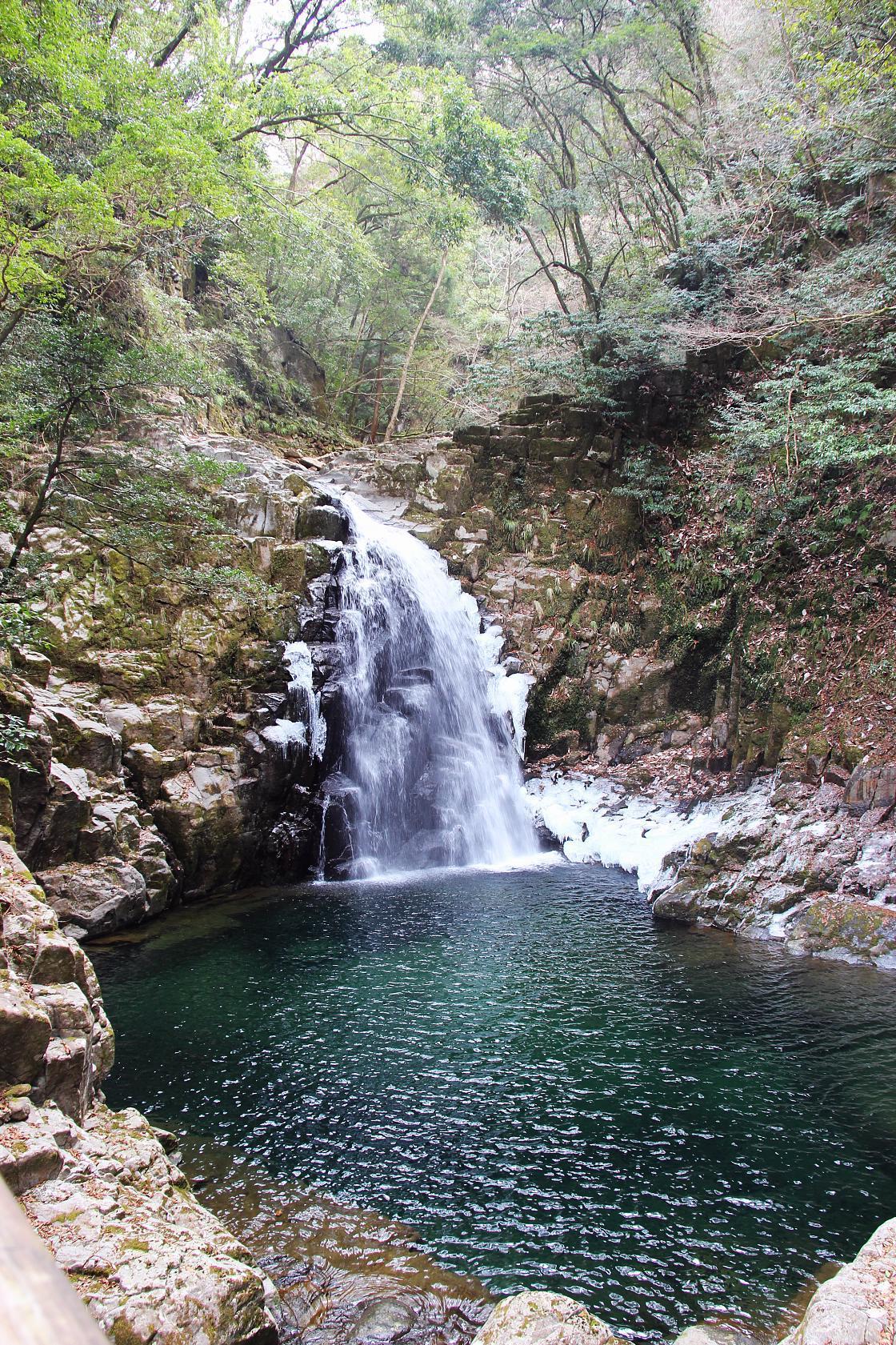
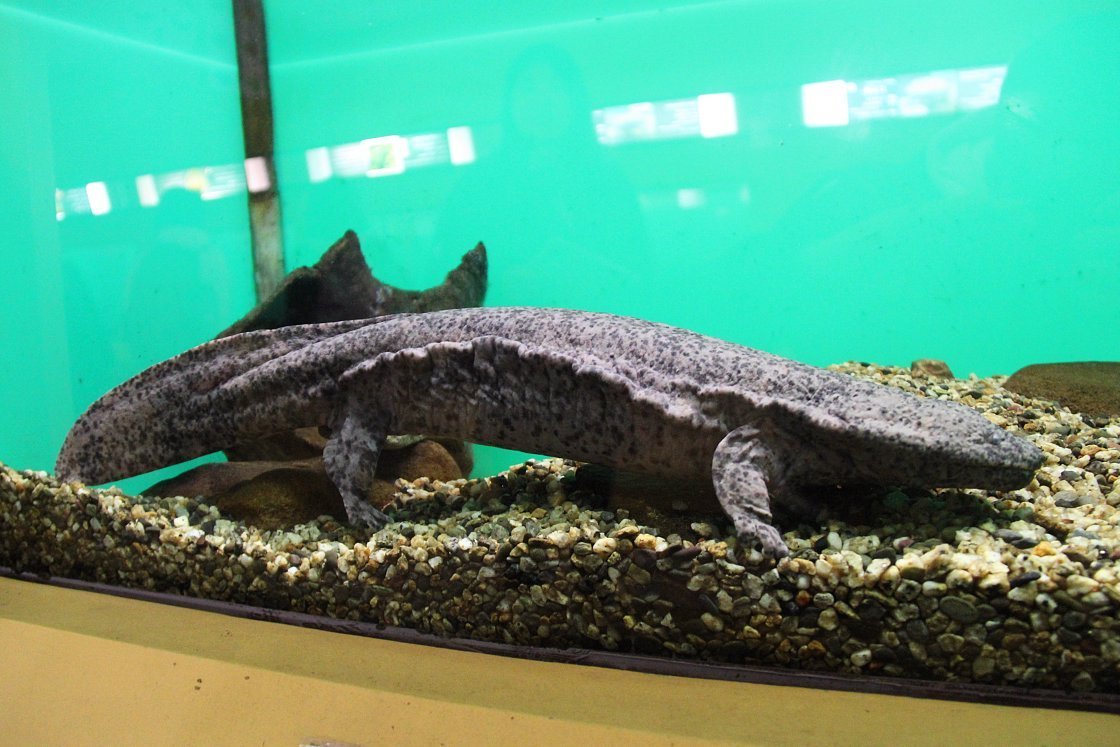
After viewing waterfalls and salamanders, I headed over to pick strawberries at Shorenjiko Strawberry Picking Farm. The farm is nestled in the outskirts of Nabari City and is different to many strawberry picking facilities in that visitors do not need a reservation prior to visiting.
The sessions allow customers to navigate the rows of the approximately 2000-meter-squared enclosed field area, picking and eating as many strawberries as they desire within the allotted time slot. My visit here made for a delicious experience that I recommend for visitors to the area.
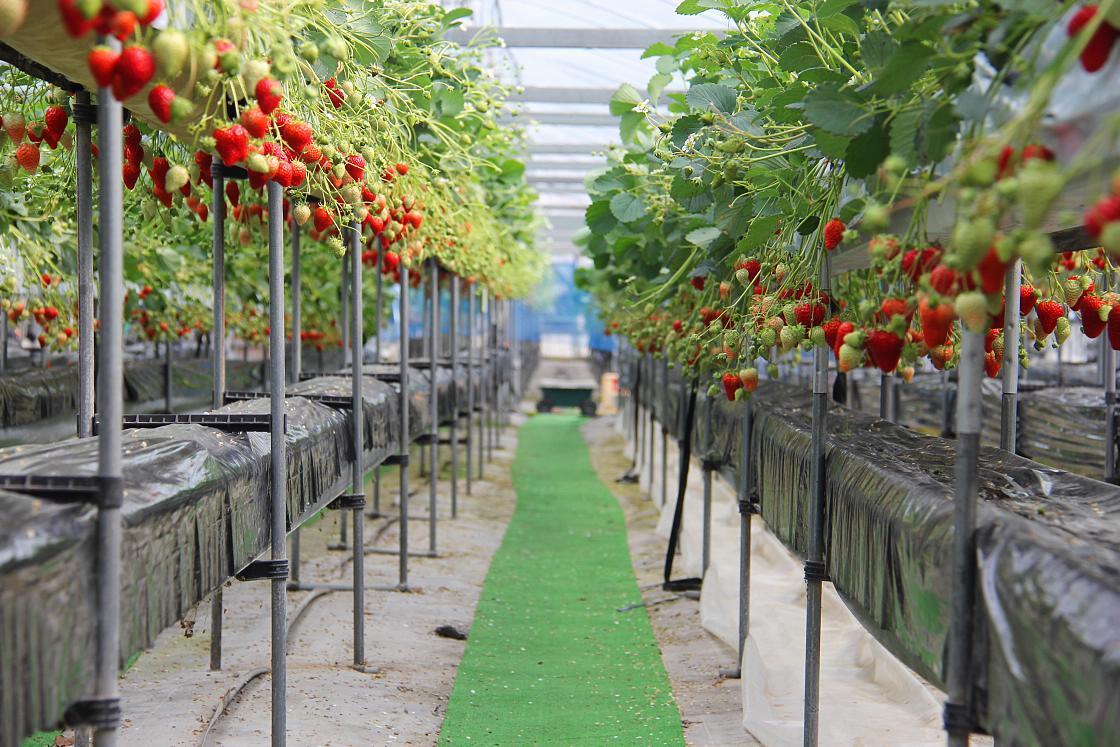
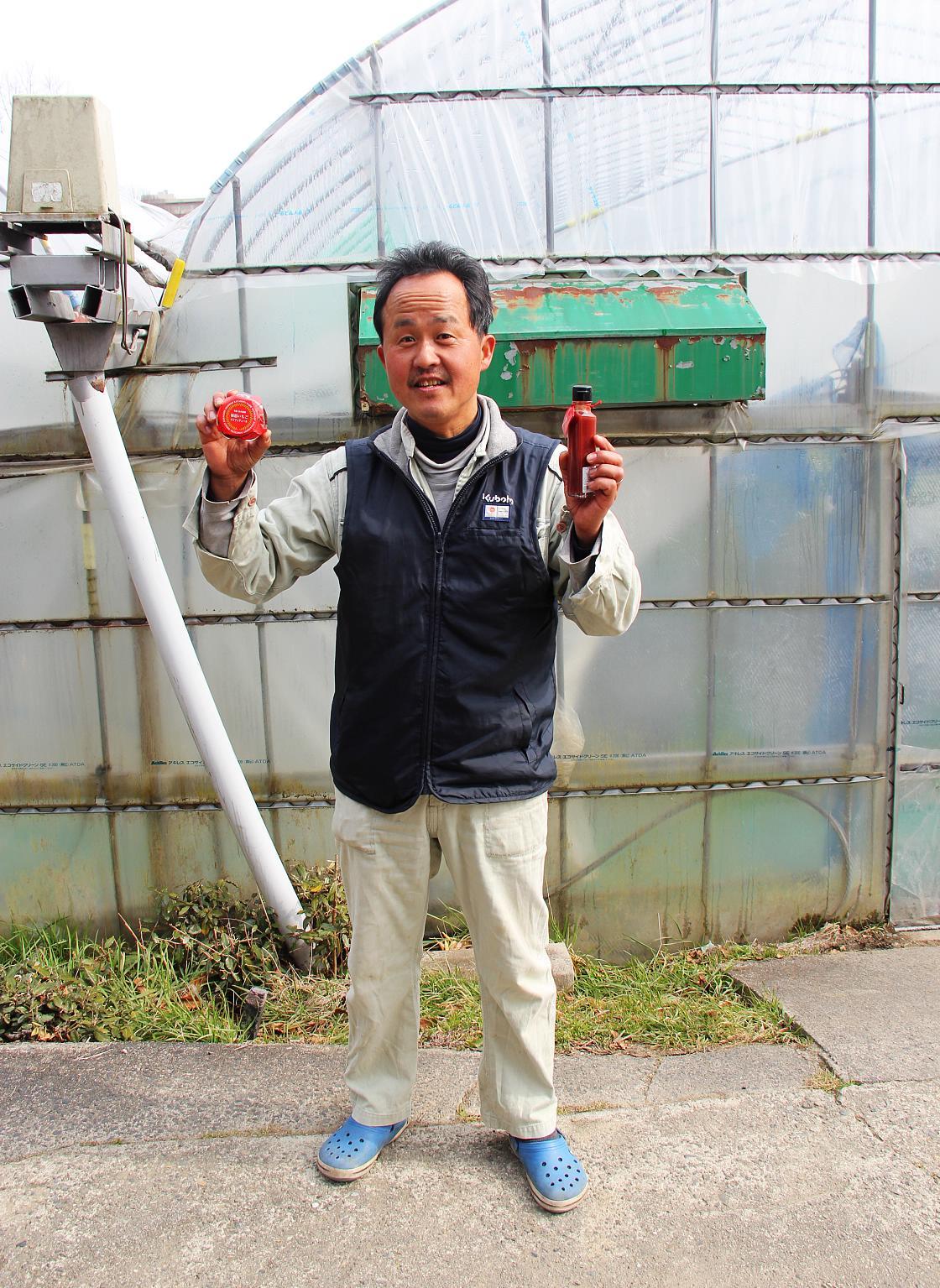
Next it was off to take a stroll around Country Park Oko, a park in Yamazoe Village that hosts a popular spring festival every year in which thousands flock to see the approximately two hundred cherry trees in bloom. The park also has a claim to fame, being one of the shooting locations for Director John Woo's 2017 police thriller, Man Hunt.
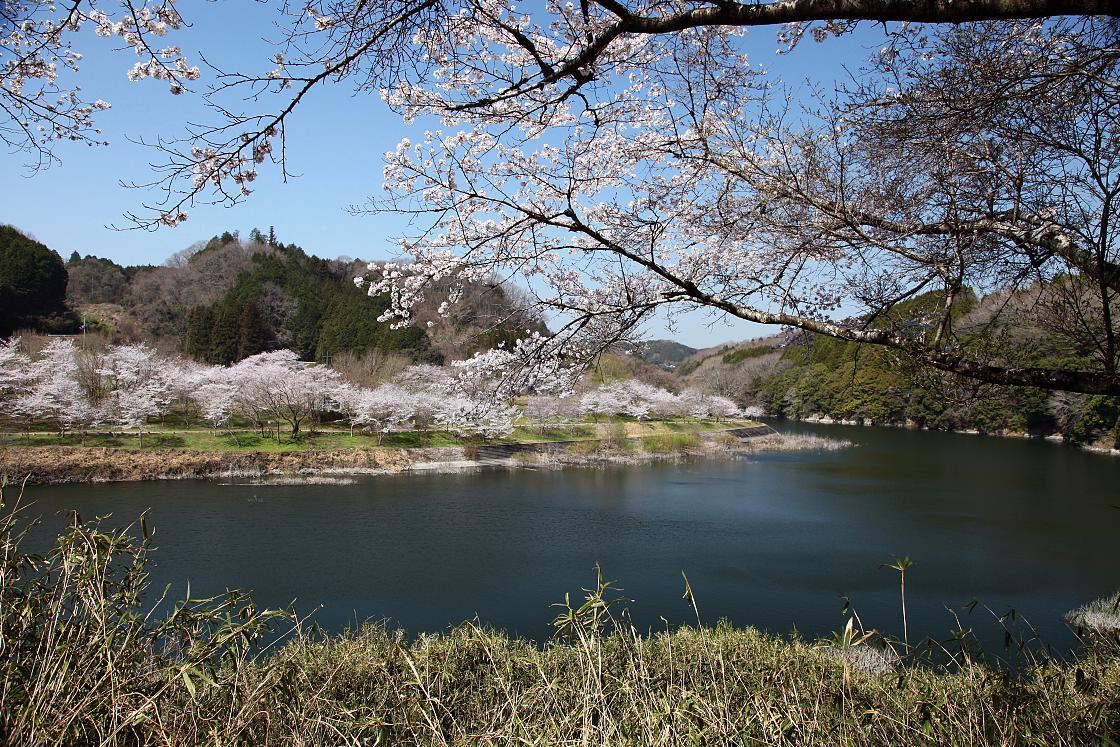
The cherry blossoms at Country Park Oko typically look their best between late March to early April. There are also many other stunning sakura-viewing spots spread across the East Nara Nabari region including:
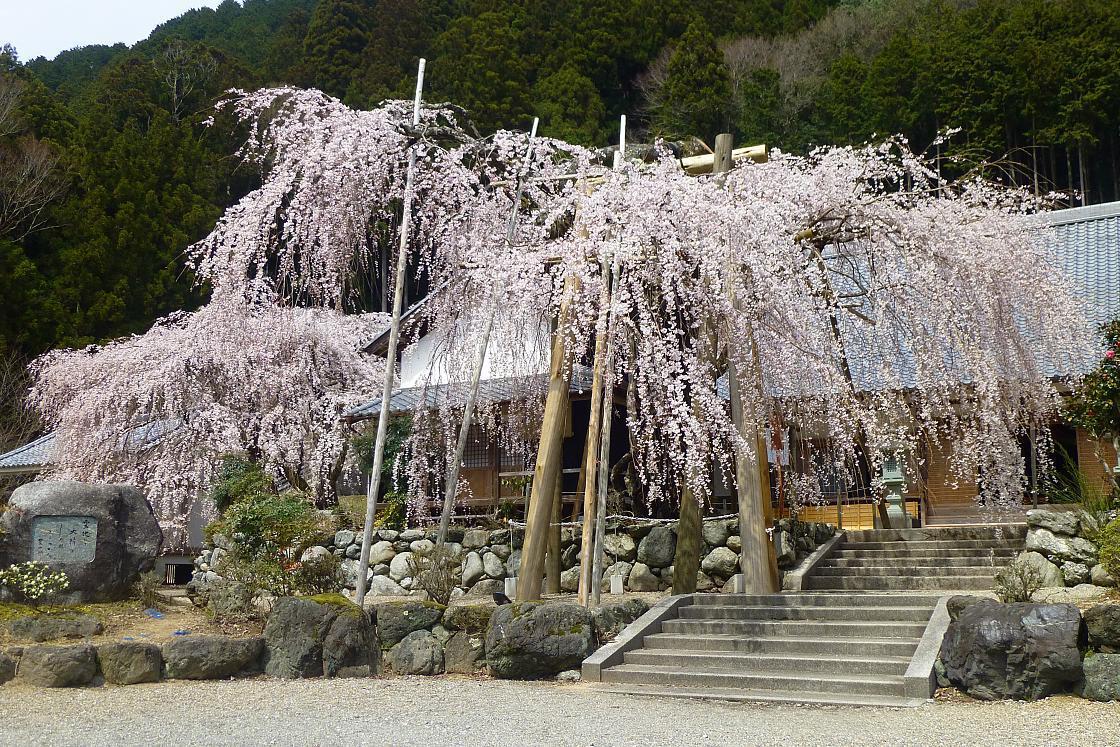
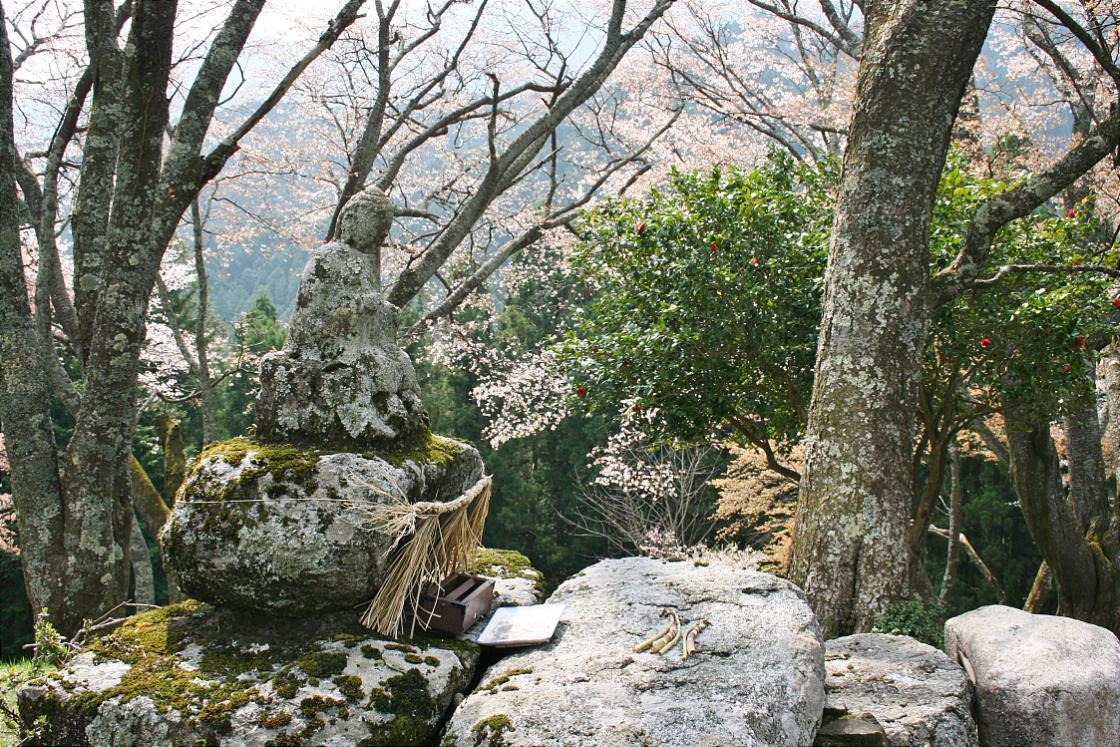
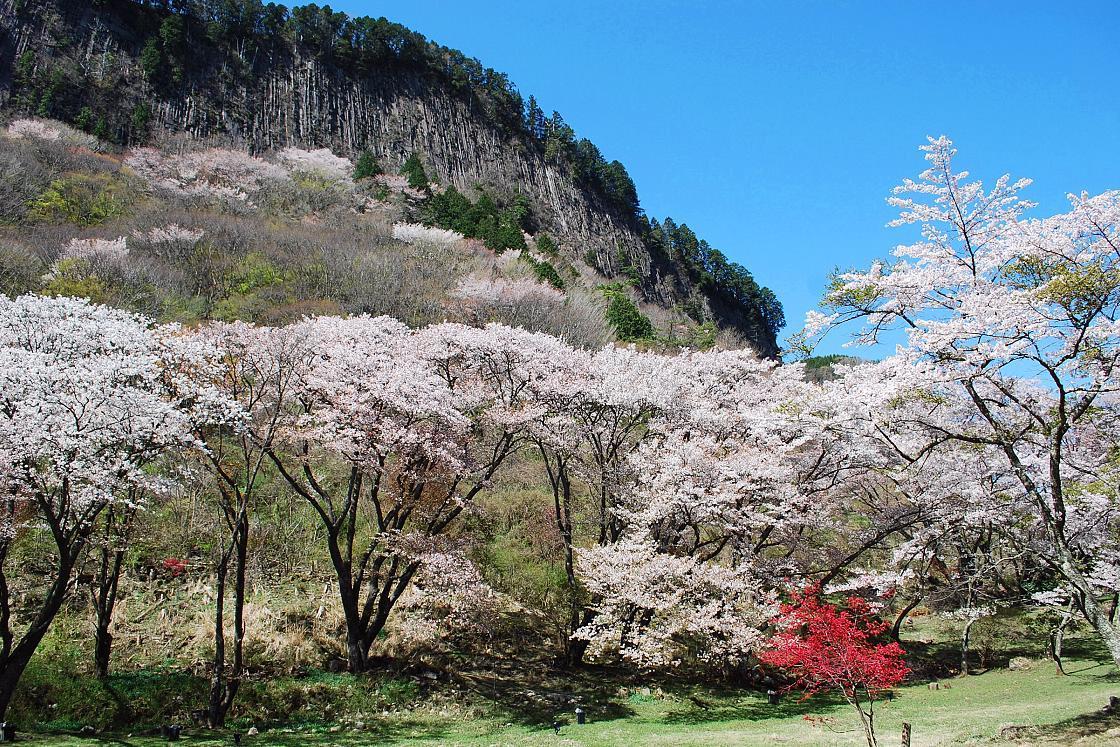
Spot Info - Byobuiwa Sheer Cliffs

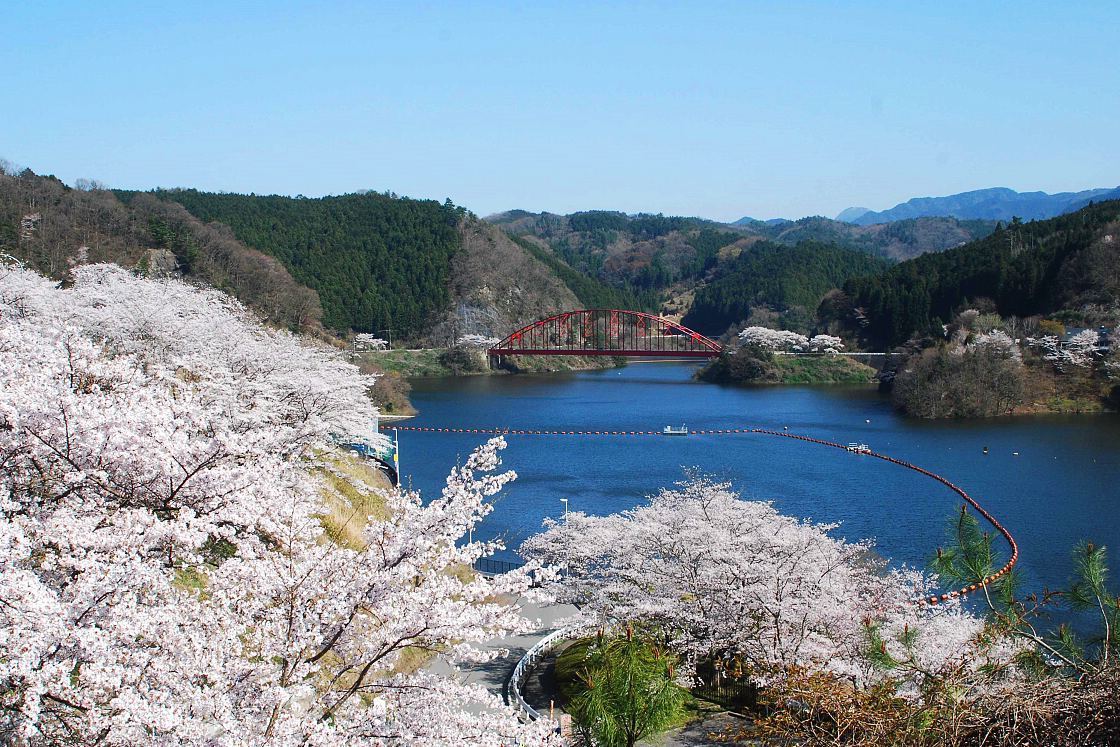
Kasuga Garden is a community center-cum tea farm in Yamazoe Village that offers various farm-related experiences for visitors to try their hand at. As well as tea picking in the garden's tea fields (which produce some of the local area's delicious tea), visitors can plant a variety of vegetables including potatoes and Japanese radish. This place presents a great way to get one's hands dirty enjoying the lifestyle of the local area.

The late afternoon sun was beginning to hang low in the sky as I arrived at my next stop, Chokyuji Temple. This temple sprawls along a steep hillside overlooking rice fields, and is best-known for its Jizo statues lining the path that snakes up the hill. The mystical atmosphere of this temple makes it well worth a visit for travelers to the area, and provided an enjoyable experience to round off the day's exploration.
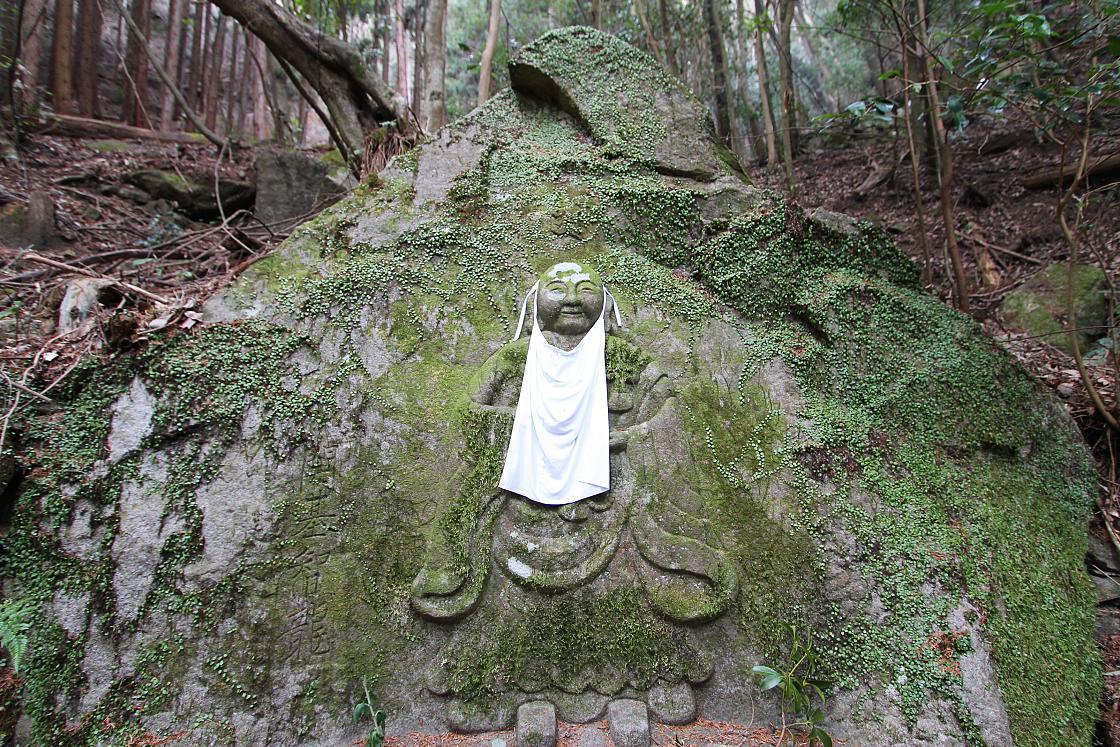
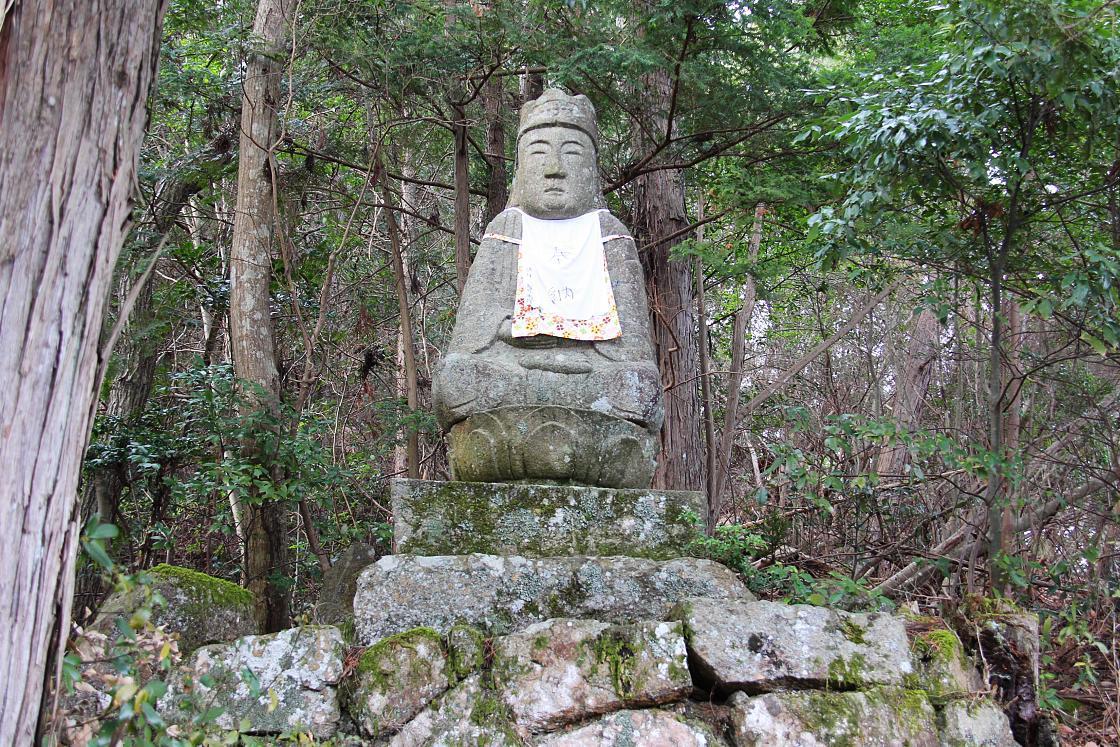
After an exciting day of fruit picking, park strolling and waterfall and temple viewing, it was time for me to make my way to my lodgings for the night. I headed back over the Nara/Mie border into the outskirts of Nabari and to the farmhouse-cum-guest house where I'd be spending the night. Upon arrival, I was treated to a lesson in crafts before a banquet comprised of heavenly traditional-style cooking.
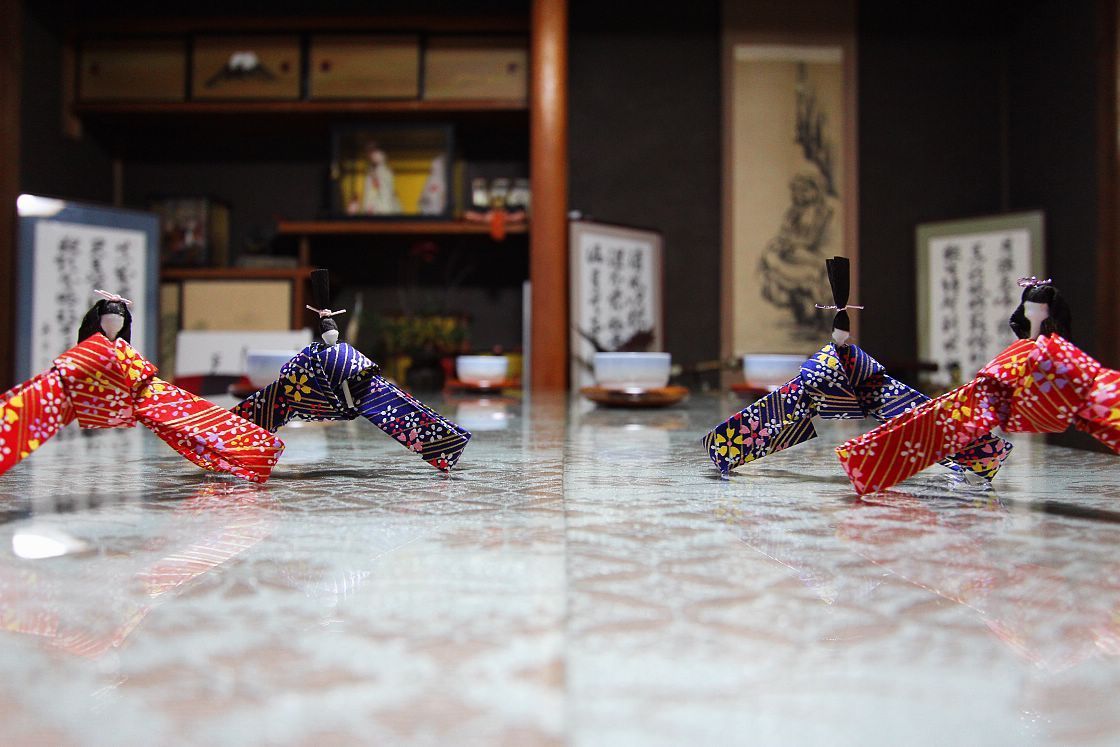

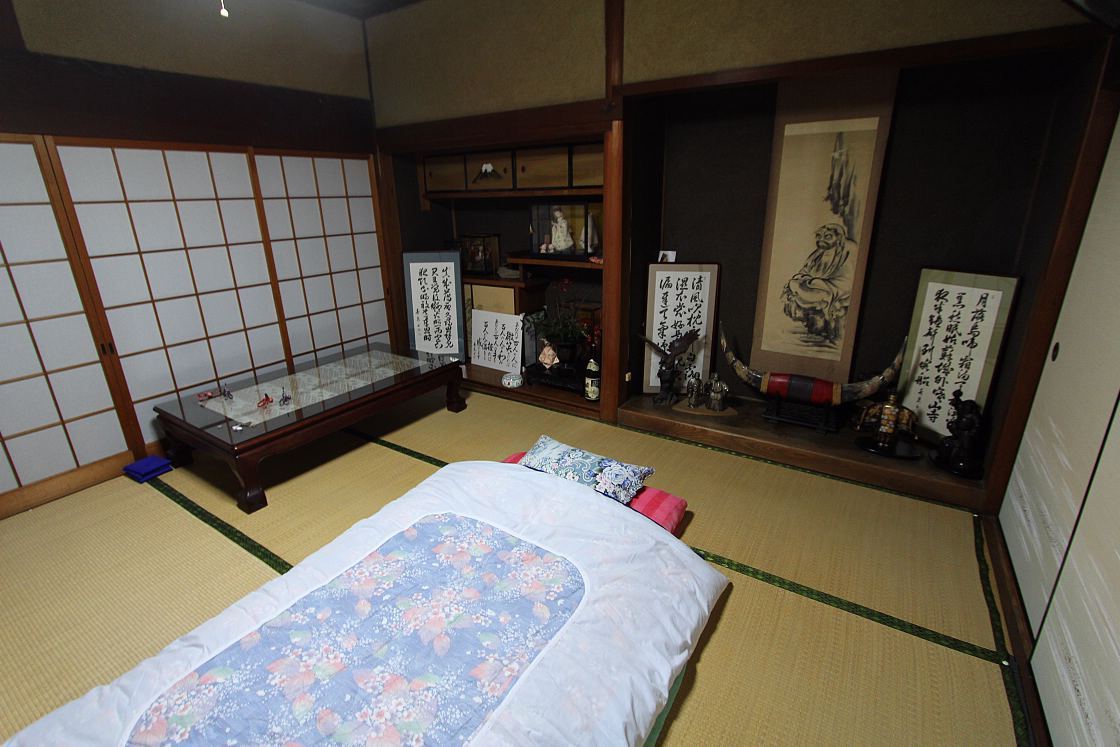
I rose early on day two and, after taking in the awe-inspiring views surrounding the guesthouse where I'd spent the night, headed to Soni Village in Nara Prefecture. My first stop of the day was to be at Okamenoyu Hot Spring, which boasts outdoor baths that provide bathers with spectacular views of the nearby mountains.
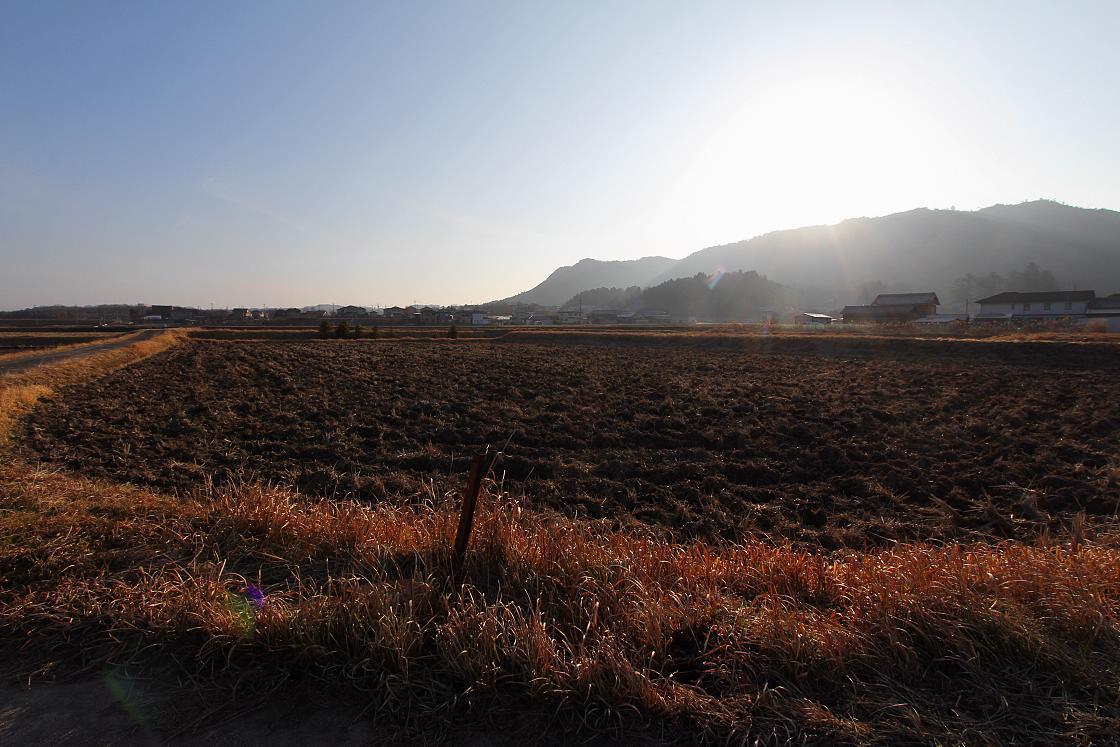
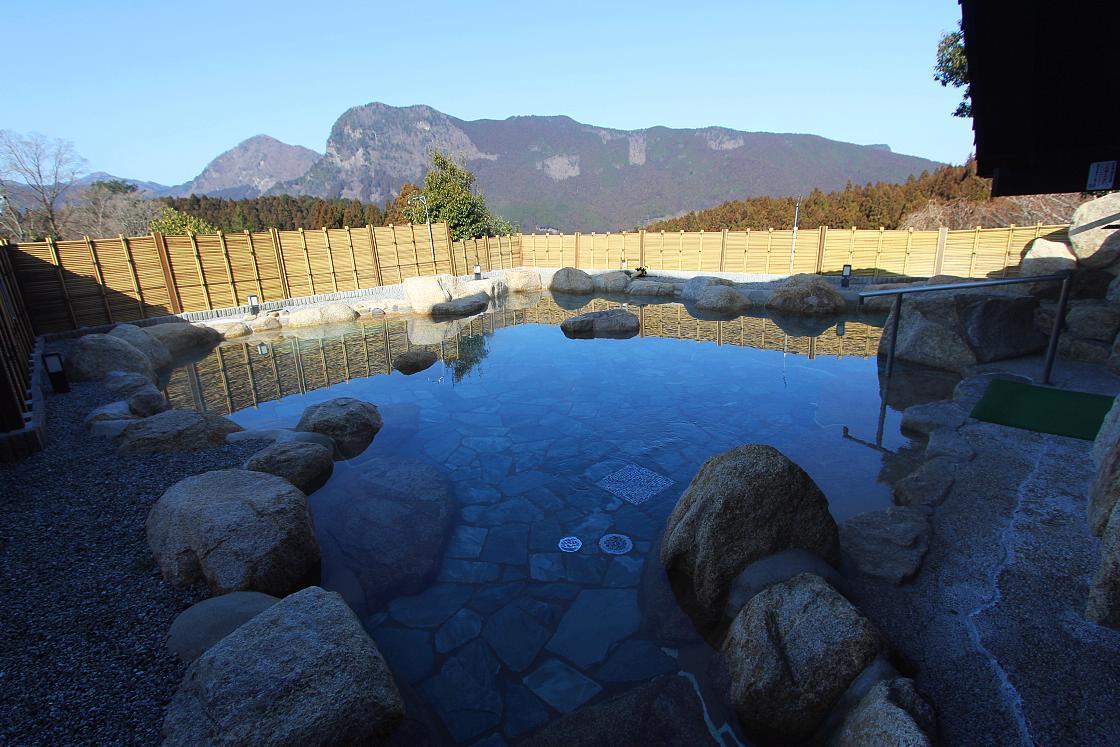
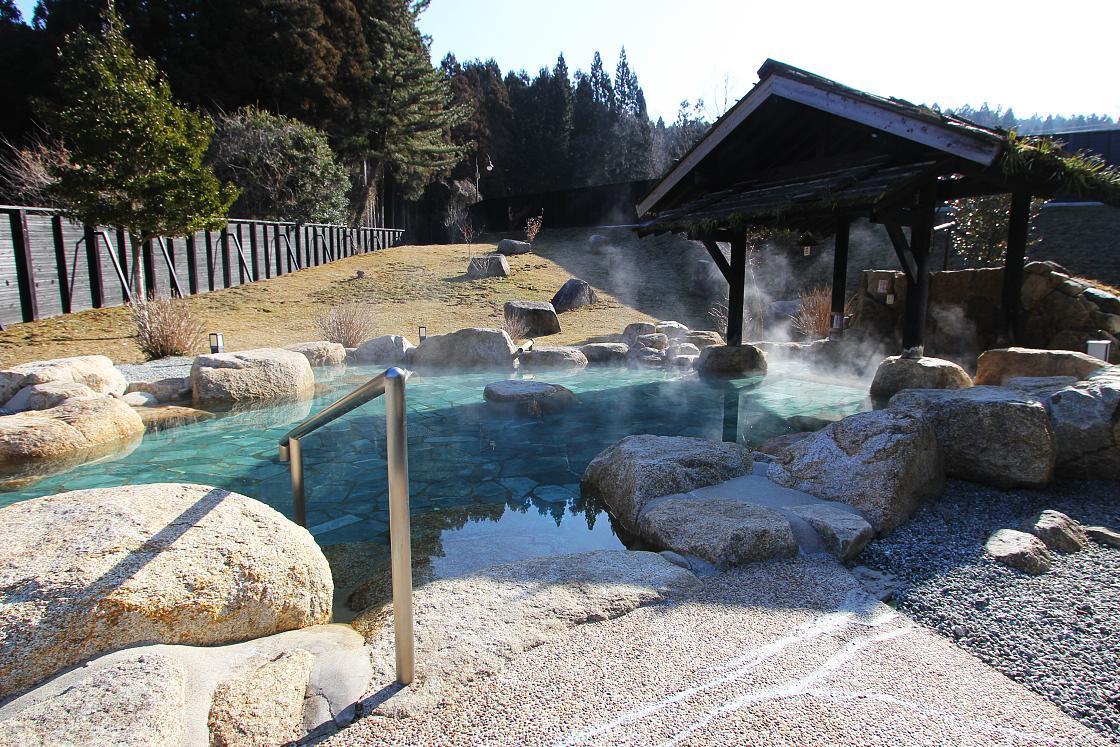
After a morning of bath-related exploration, we headed to Pizza Trattoria Renone, a pizzeria located deep in the backwoods and the project of Mr. Takenaka Renichi. Originally from Osaka, Mr. Takenaka used to come to the area at weekends to get away from the hustle and bustle of the city. With a career change in mind, he learnt how to make pizzas in Naples and then set up shop here, in the middle of the countryside he loves so much. Today, the pizzeria makes delicious pizzas that are a favorite of locals and travelers to the area alike.
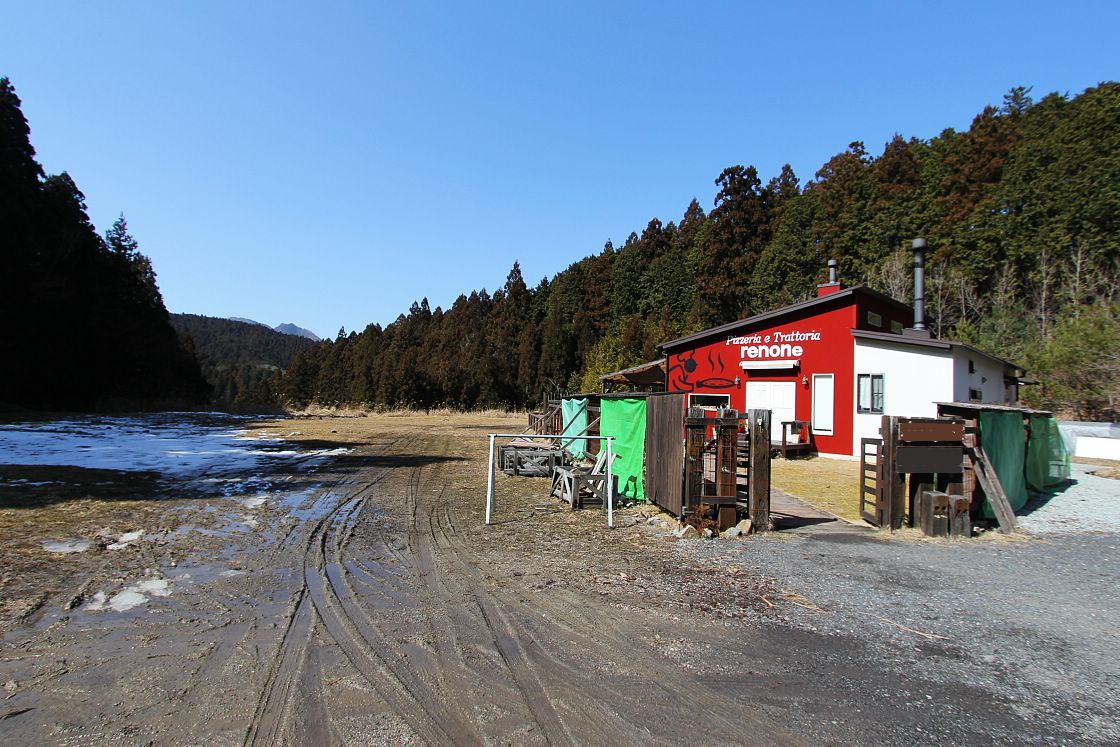
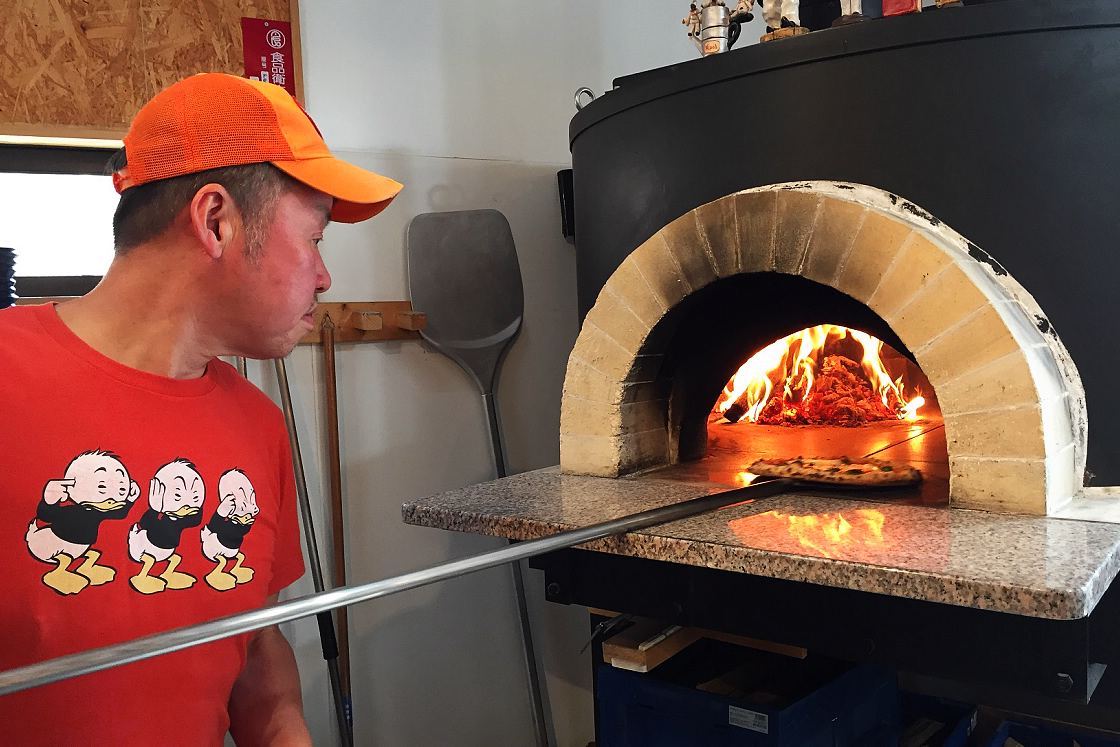
Mitsue Shrine boasts a long history with an interesting story behind it. According to folklore, around 2000 years ago the Emperor sent his daughter to find a home for the Sun Goddess Amaterasu. The daughter eventually found the perfect home for the Goddess at Ise Shrine, but along the way stopped here upon feeling some special force and left her walking cane here as a marker.
Today the cane is said to be enshrined at Mitsue Shrine, but is held as so sacred that it is not on view to the public. Two of the shrine's most imposing features are its two Japanese cedar trees that frame the main hall, one of which is believed to be 600 years old.
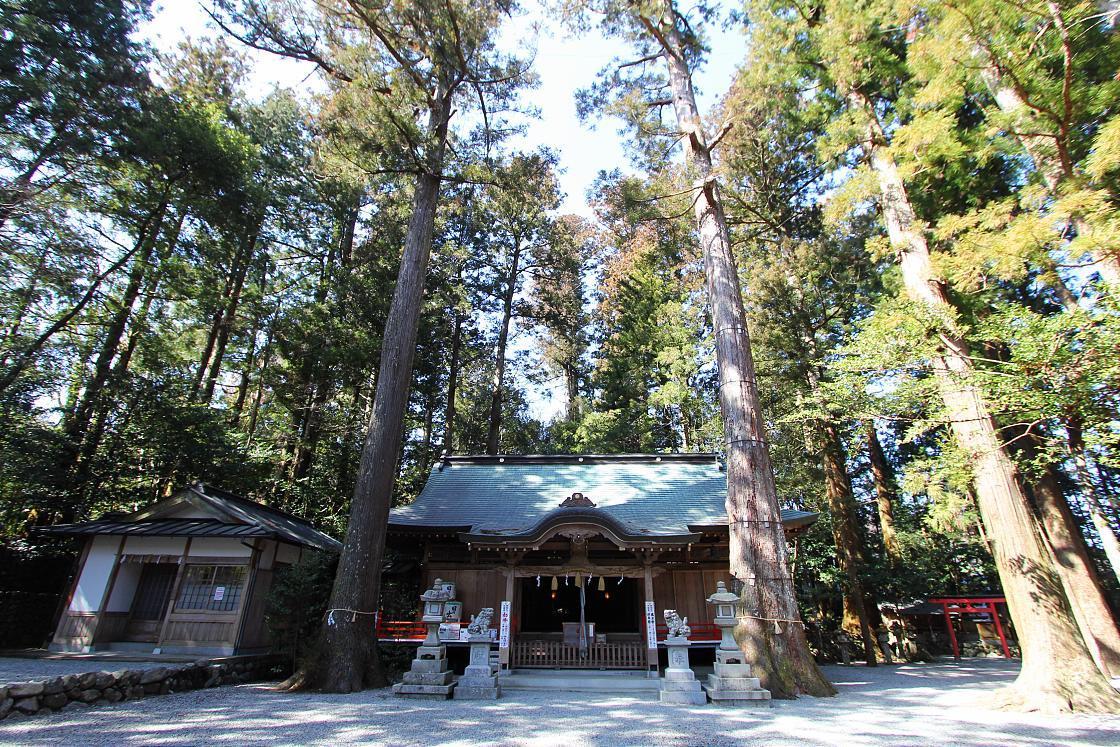
I was to be staying the night in Soni Village, and on the way to my second night's lodgings, I made a stop at Soni highland, a scenic plateau deep in the Nara countryside that is known for its pampas grass and the exceptional views it affords visitors from the hiking trail that traverses it.
True to reputation, the place was memorable, with the late-afternoon sun reflecting off the pampas grass to create a yellow glow about the place. The short hike I made around the plateau left me hungry and ready for dinner.

In the valley of Soni Village stands Kijiya, a traditional-style farmhouse built over 130 years ago. The house was originally constructed by the farming community that lived there, with its roof thatched from pampas grass.
Today Kijiya serves as a guesthouse, and on my stay I was lucky enough to be treated to a feast of traditional fare including wild boar hot pot prepared by the owner. An amazing experience that gives visitors a real taste of traditional rural Japan, those looking to stay here can reserve their stay online.
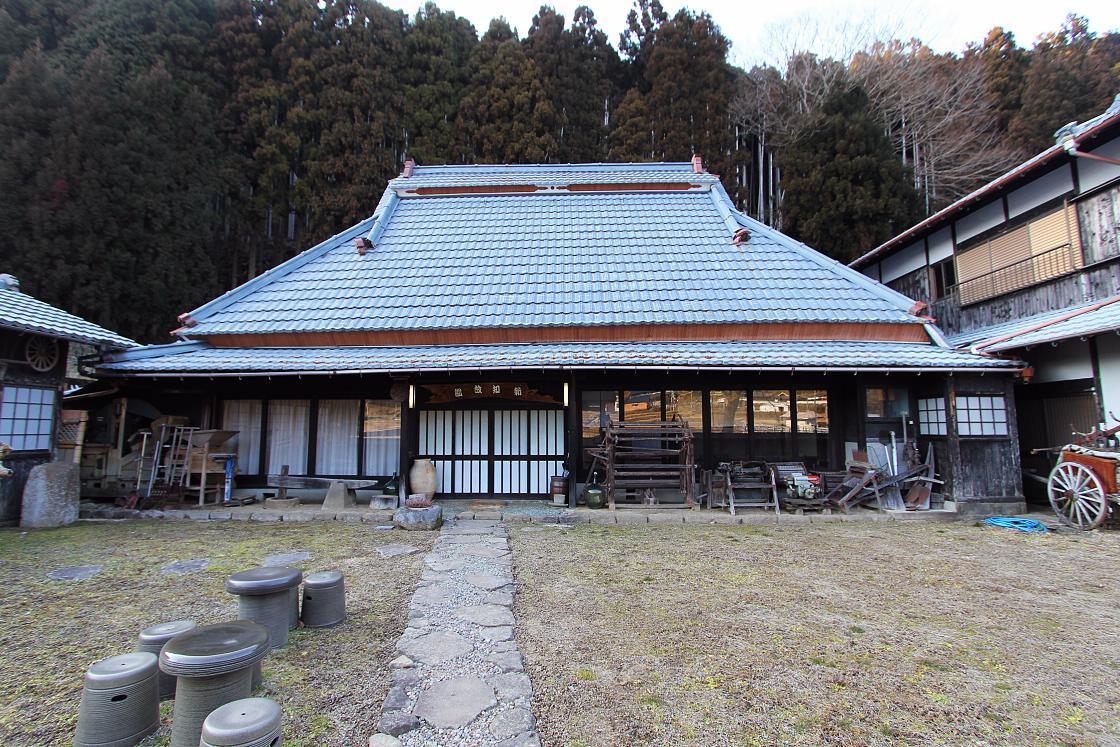
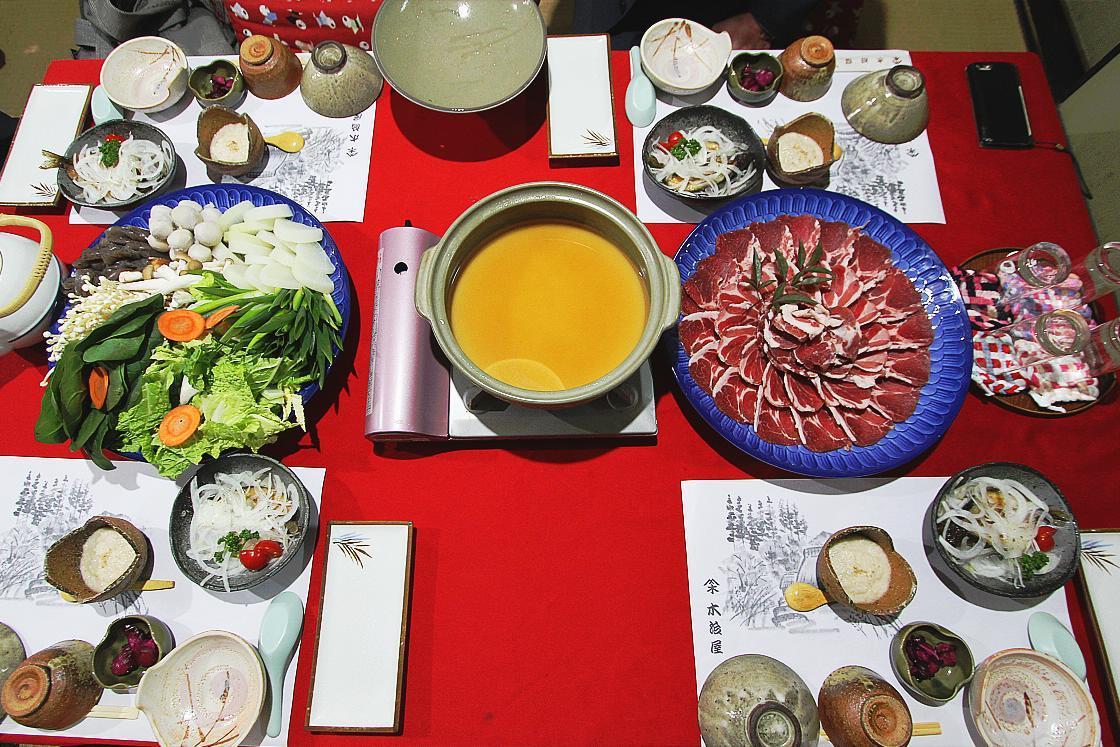
I awoke on my final day and, after a delicious breakfast, made my way to Niukawakami Shrine in Higashiyoshino Village. Here, the Head Priest explained to me about the shrine and I learned about a special power spot a short walk away from the main complex. On this river bank, it is believed that visitors can experience a special force, while of course taking in the area's beauty.
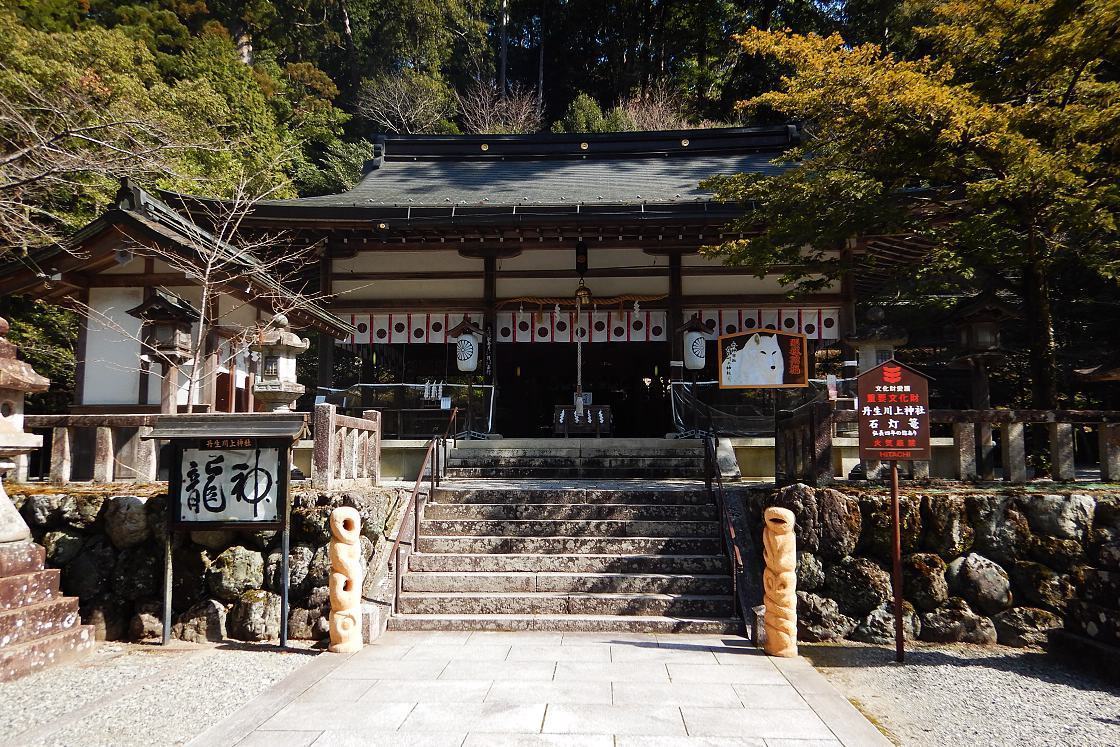
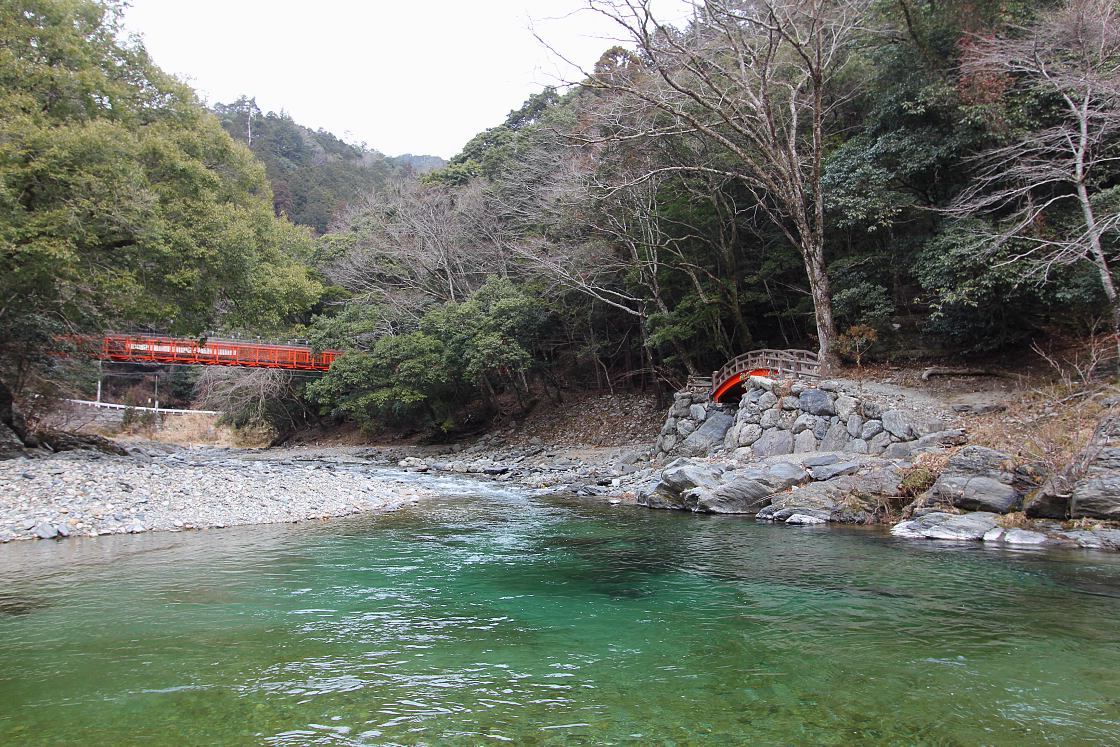
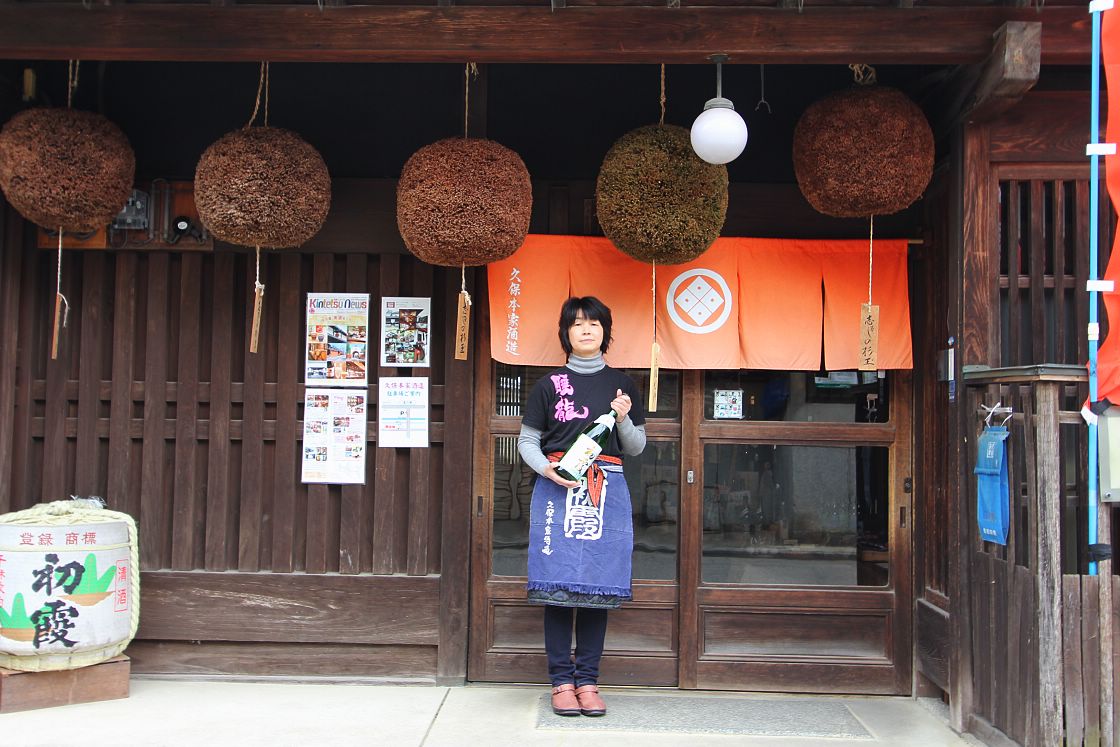
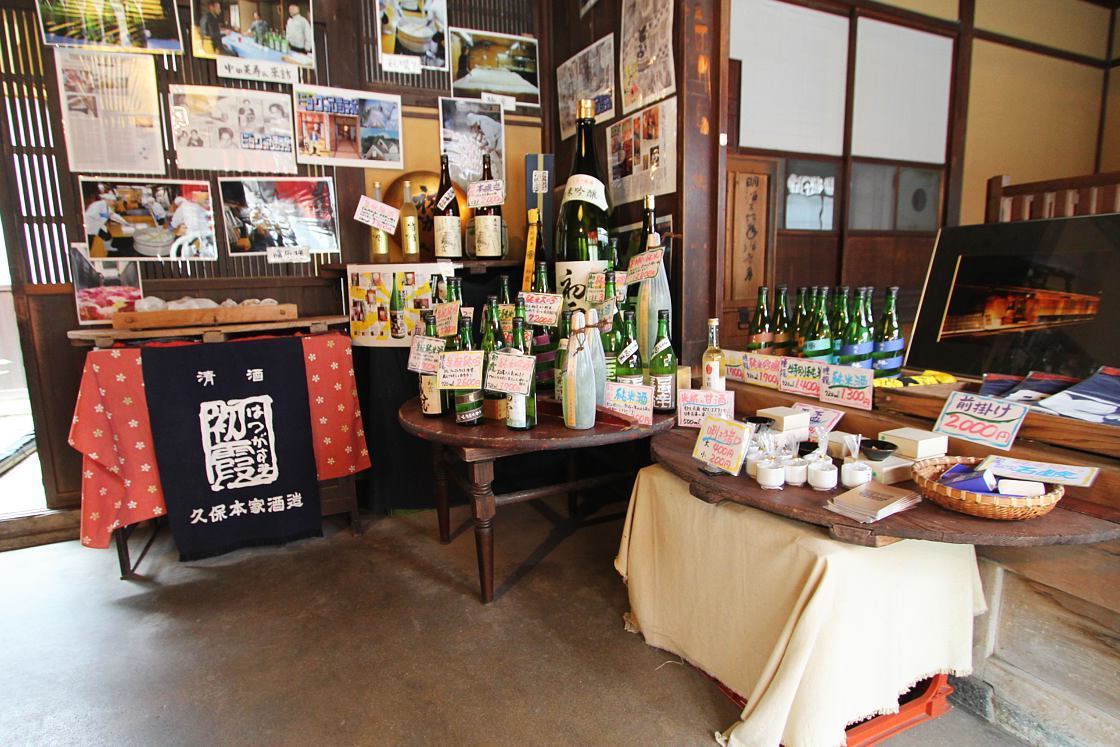
The final stop on my whirlwind tour of this beautiful area was at Muro Art Forest in Uda City. This outdoor art museum of sorts is the brainchild of Israeli artist Dani Karavan. It contains various sculptures and interesting features that fuse art and nature. The park made for an interesting walk and signaled the end of a thoroughly enjoyable trip touring around the towns of East Nara and Nabari.
